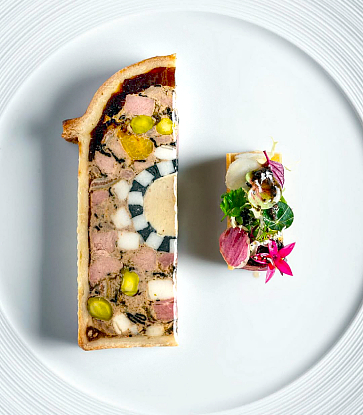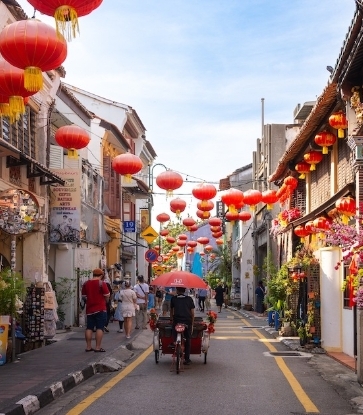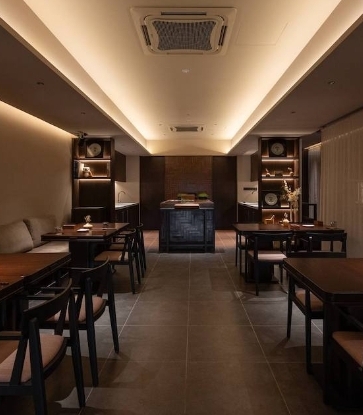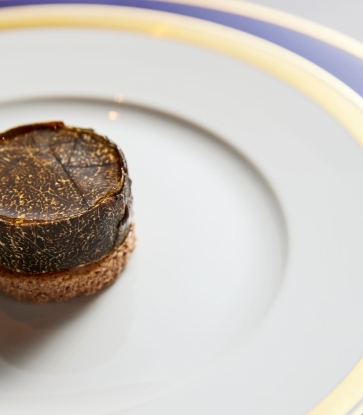Malaysia’s vibrant culinary landscape continues to evolve, shaped by a noteworthy interplay of heritage, innovation, and a rising new generation of talent. In Kuala Lumpur and Penang—two cities central to the nation’s gastronomic identity—chefs are rethinking technique, elevating local ingredients, and redefining the dining experience. While Kuala Lumpur steps confidently into a new era of creativity, Penang remains deeply rooted in heritage, preserving time-honored flavors with quiet pride. Together, they form a dynamic food scene where innovation and authenticity coexist in remarkable harmony.
RELATED: At a Glance: All the Restaurants in the MICHELIN Guide Kuala Lumpur & Penang 2026
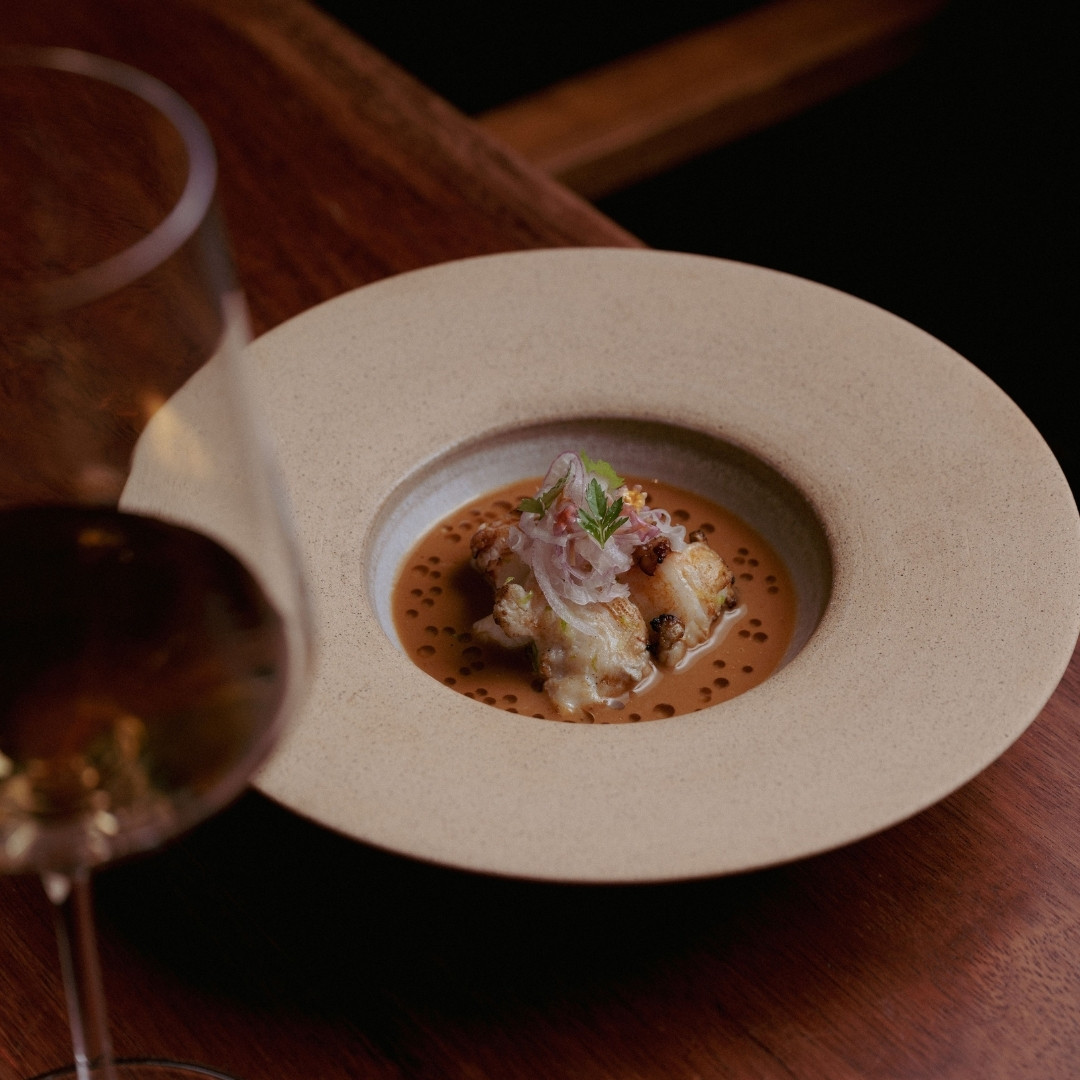
Creative Cooking Styles & Evolving Presentation: A Dialogue Between Heritage and Modernity
Kuala Lumpur: Creativity Expression with Global Fluency
In Kuala Lumpur, chefs are pushing the boundaries of modern Malaysian cuisine by weaving global culinary techniques into local narratives. French, Japanese, and Nordic influences meet Malay, Nyonya, and regional flavors, creating dishes that feel both familiar and refreshingly contemporary. Fine dining restaurants such as Terra Dining and Akar exemplify this evolution. Terra Dining, for instance, uses French techniques as a foundation while incorporating local flavors into an 11-course tasting menu—ranging from a sweet-and-sour reinterpretation of lobster bisque to a velvety white sauce infused with turmeric and coconut milk. Traditional Malay profiles appear in unexpected forms. This is not simple fusion, but a thoughtful dialogue between culinary traditions—born from understanding the souls of both cuisines—and offering diners a taste experience that is at once familiar and surprising.
Penang: Heritage as the Guiding North Star
Penang remains devoted to authenticity. Char kway teow, laksa, nasi lemak, and classic Nyonya dishes continue to be prepared using methods passed down through generations. Here, presentation is modest and grounded—focused on letting flavors speak for themselves. While some kitchens adopt subtle refinements, fidelity to tradition remains paramount. This honesty on the plate is precisely what locals cherish.
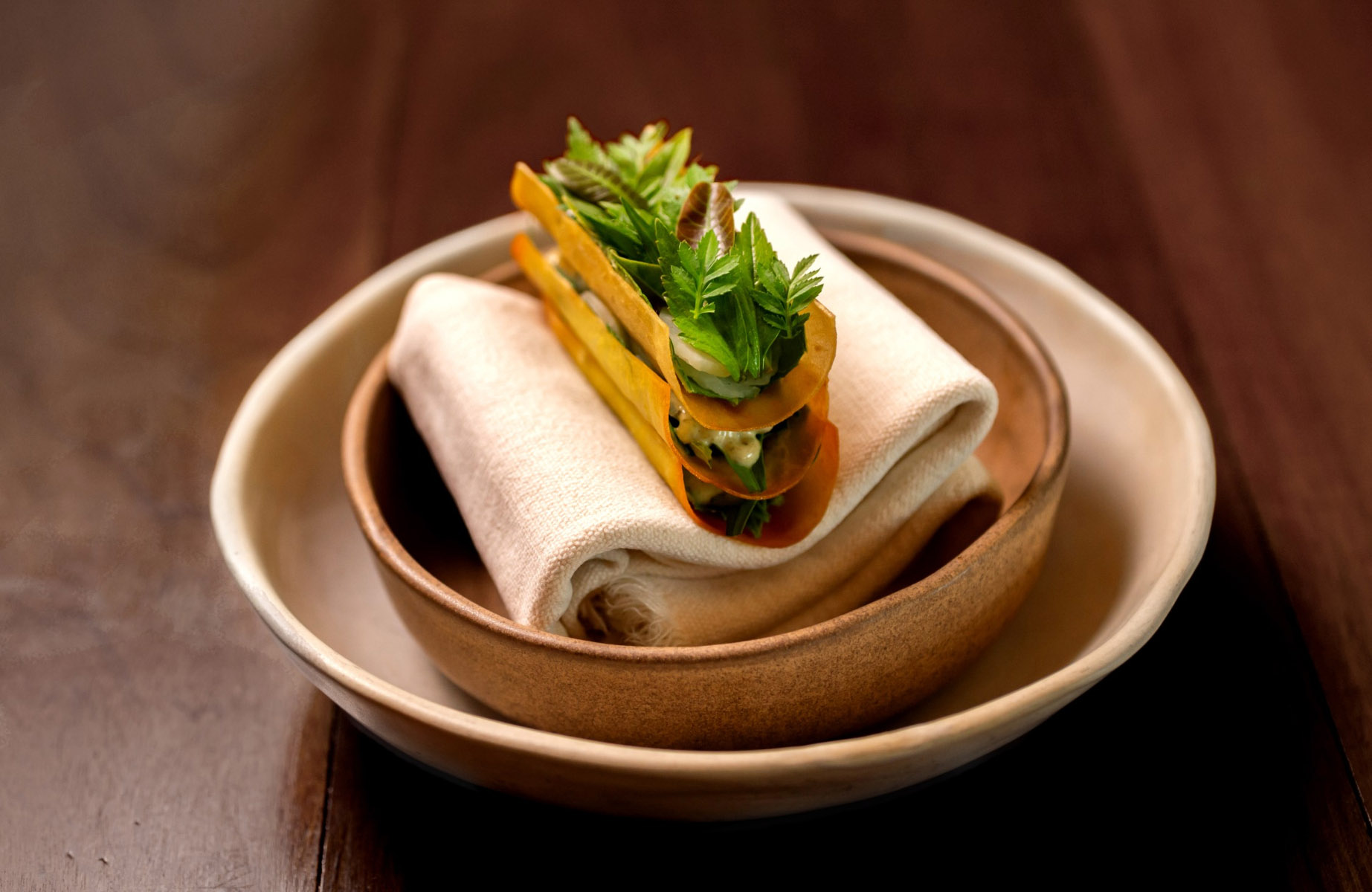
Local Ingredients & Sustainability Take Centre Stage: A Deepening Sense of Place
A Renewed Appreciation for Indigenous Produce
Local sourcing is no longer a trend but a backbone of modern Malaysian cuisine. Chefs are now delving deeper into Malaysia’s biodiversity—many begin their menus with introductions to rare herbs, wild greens, and indigenous produce sourced from forests, mountains, or coastal water, turning a meal into an invitation for guests to discover Malaysia’s terroir. What began years ago with pioneering restaurants like Dewakan has now become widespread, embraced enthusiastically by emerging chef-owners across Kuala Lumpur and Penang.
From Consumption to Connection
Sustainability has evolved from an added value into a guiding philosophy. Restaurants increasingly highlight the origins of their produce, and some share stories of the farmers, fishermen and small producers behind each ingredient. Close collaborations with local suppliers reduce carbon footprints, support regional economies and strengthen local food systems. The farm-to-table model now forms a key narrative in high-end dining, reflecting diners’ growing desire to understand where ingredients come from, how they were grown and the journey they undertook.

New Restaurant Concepts for a New Generation: Redefining the Contemporary Table

A Rising New Generation of Talent
A rising new generation of chefs—exemplified by Young Chef Award recipient Chin Hua Wong of Shu (pictured to the left, © The MICHELIN Guide)—are returning with experience gained in Europe, Japan, Singapore, etc. Equipped with sharper techniques and broader perspectives, they craft menus that showcase not only their skill but also their personal stories and identities.
Chef-Led Boutique Restaurants
A new wave of chef-driven boutique restaurants is transforming the dining landscape, small in scale yet careful in execution, these venues offer focused menus toward more specialized and niche dining experiences—catering to diners seeking refinement without the weight of traditional formality.
Casual Fine Dining
Between white-tablecloth restaurants and street food lies a rapidly expanding space: casual fine dining. Offering high-quality cuisine in relaxed, welcoming environments, these concepts resonate with a generation that values comfort, approachability, and thoughtful cooking over opulence.

A Return to Nostalgia
At the same time, nostalgia-inspired venues are gaining traction. Restaurants such as Bidou (pictured to the right, © Bidou) revive classic French flavors with charming simplicity, proving that tradition remains a powerful counterpoint to modern innovation.
Taken together, the culinary trends emerging in Kuala Lumpur and Penang paint a vivid portrait of a food scene in dynamic evolution—one where heritage and innovation move in pair, and where local identity is continually reinterpreted through global perspectives. From boldly creative cooking styles to deeper commitments to sustainability, and from intimate chef-led boutiques to community-minded dining models, both cities demonstrate how Malaysia’s gastronomic landscape is expanding in complexity and confidence. These shifts not only echo global movements but also underscore the power of Malaysia’s cultural diversity.







